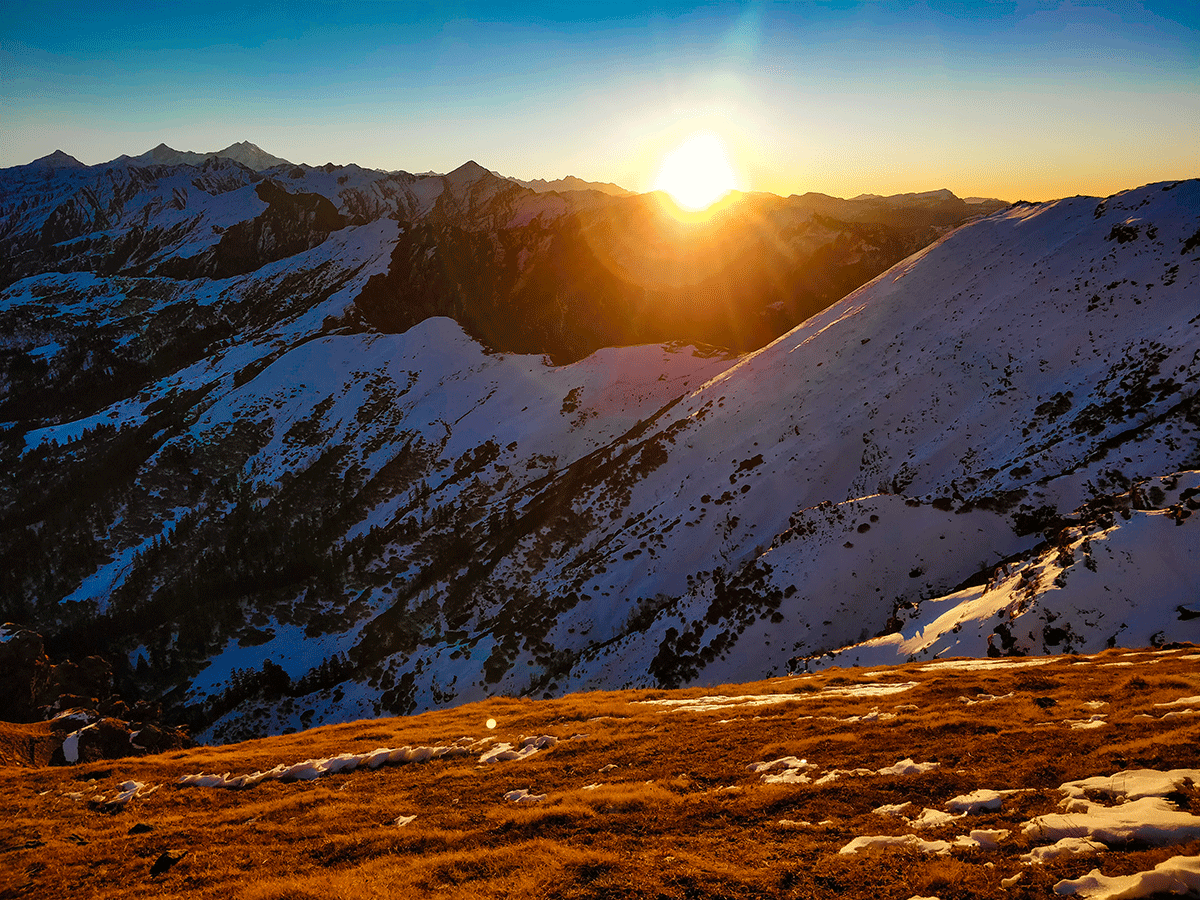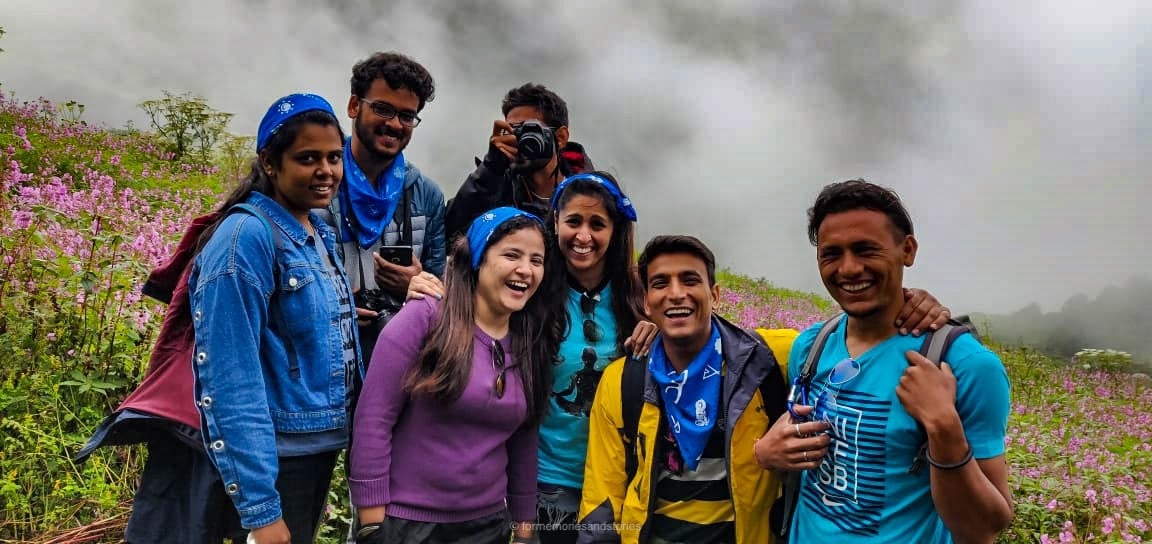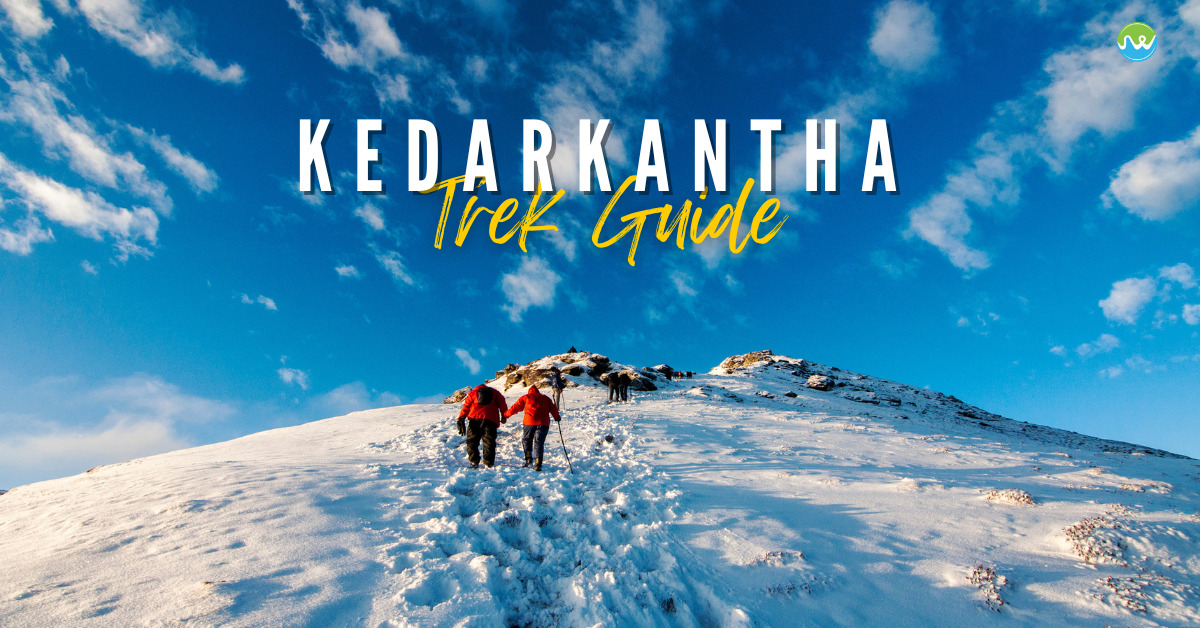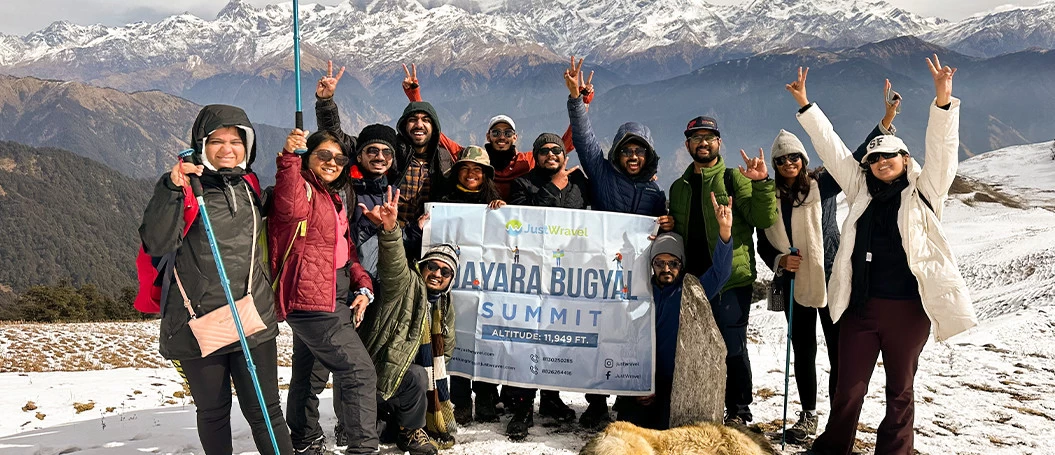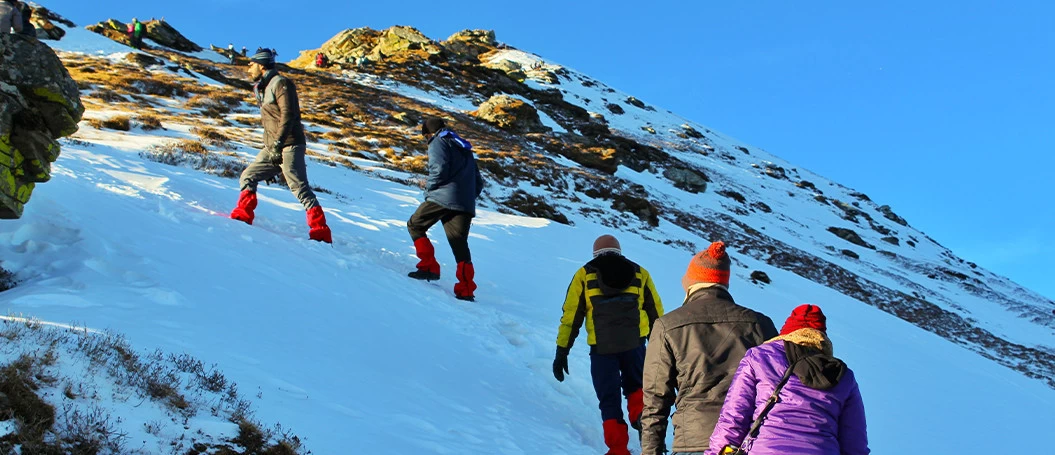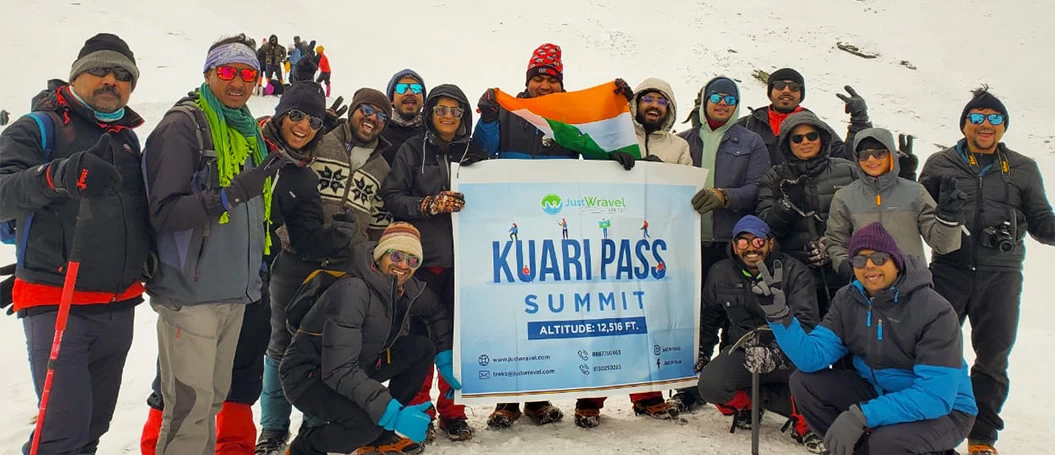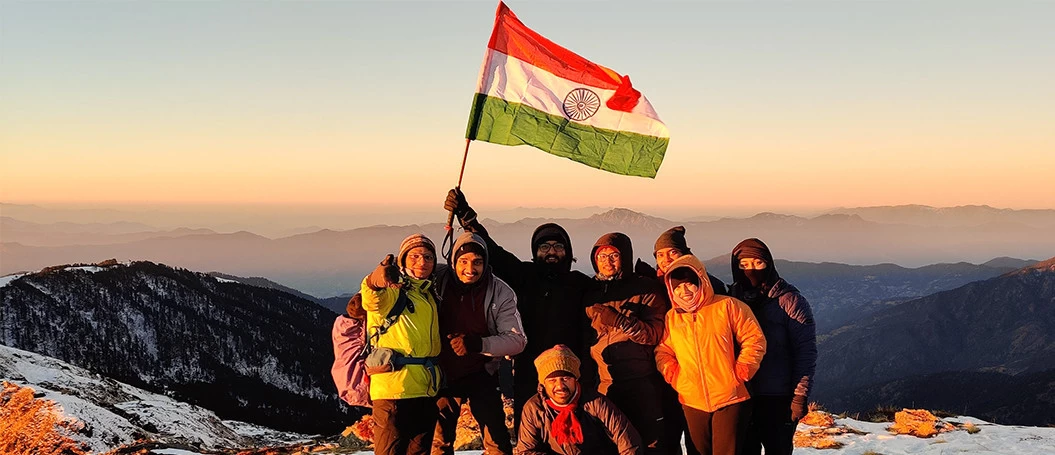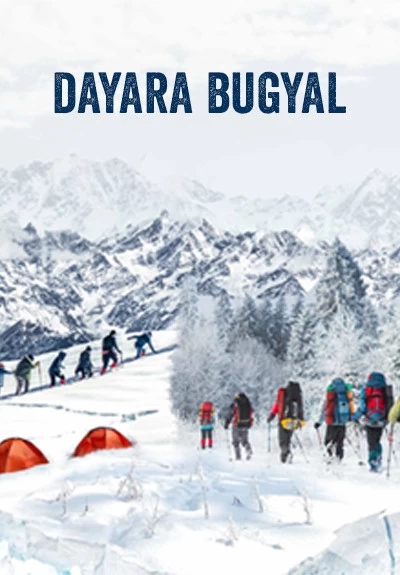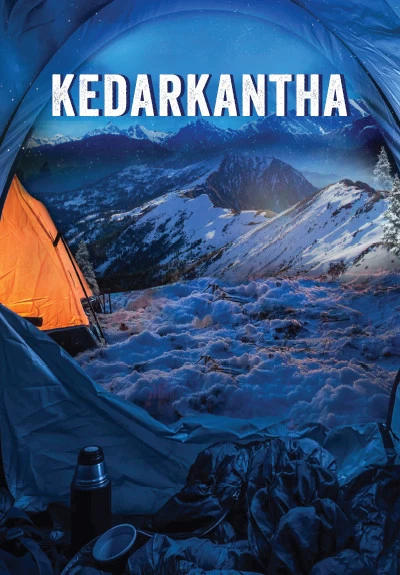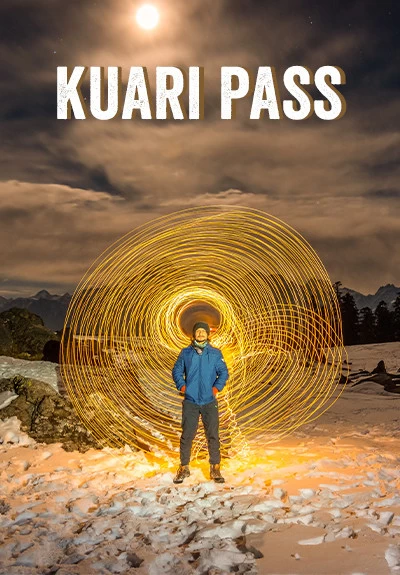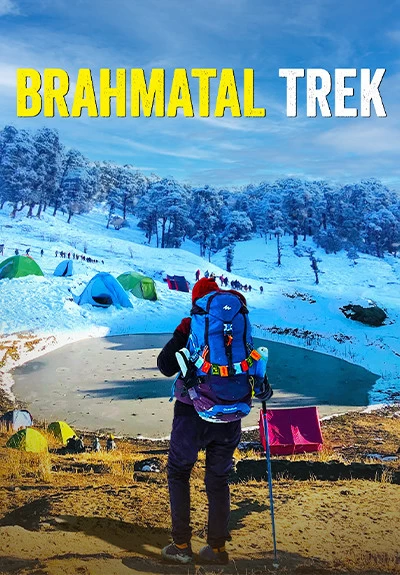
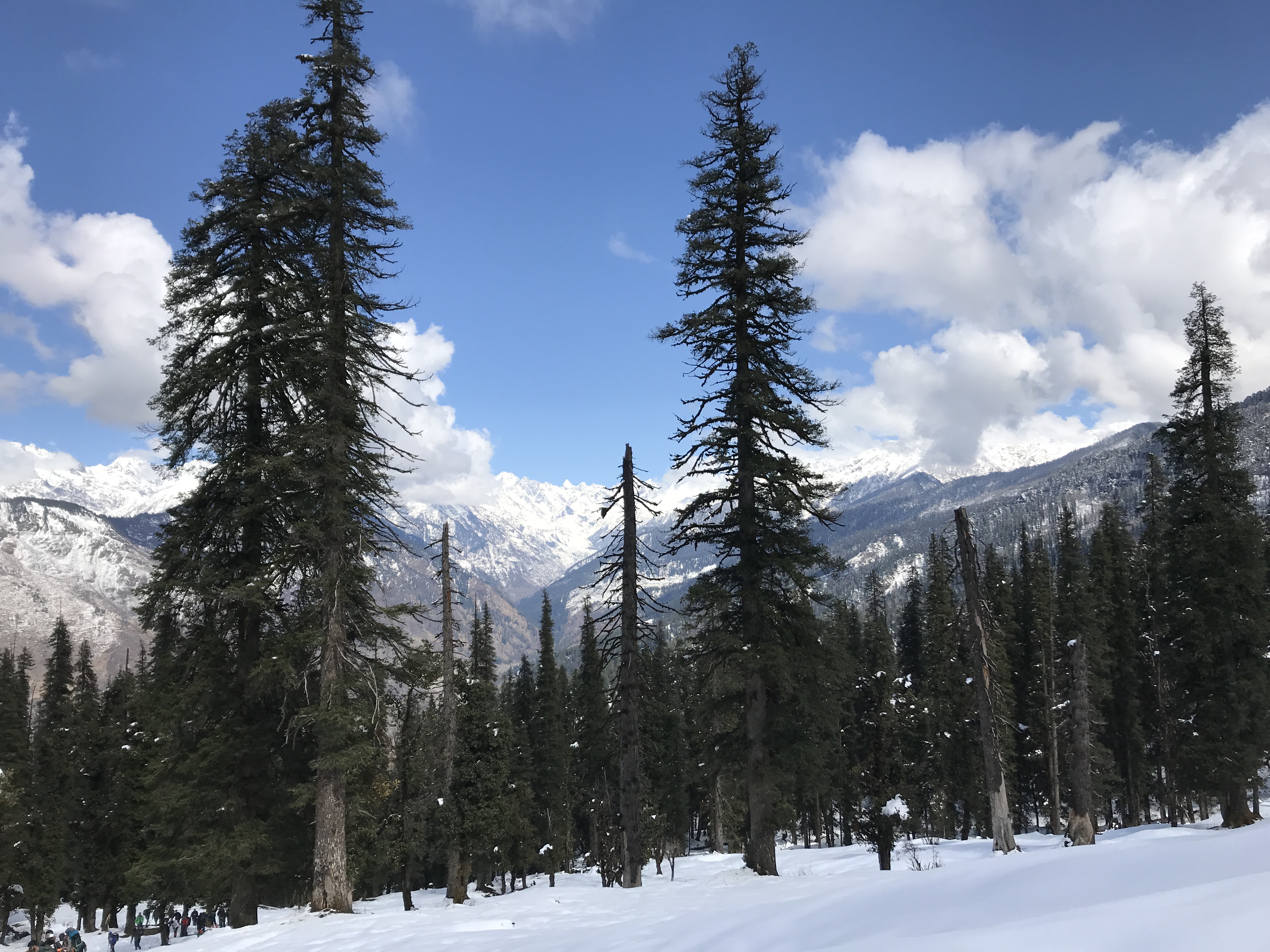
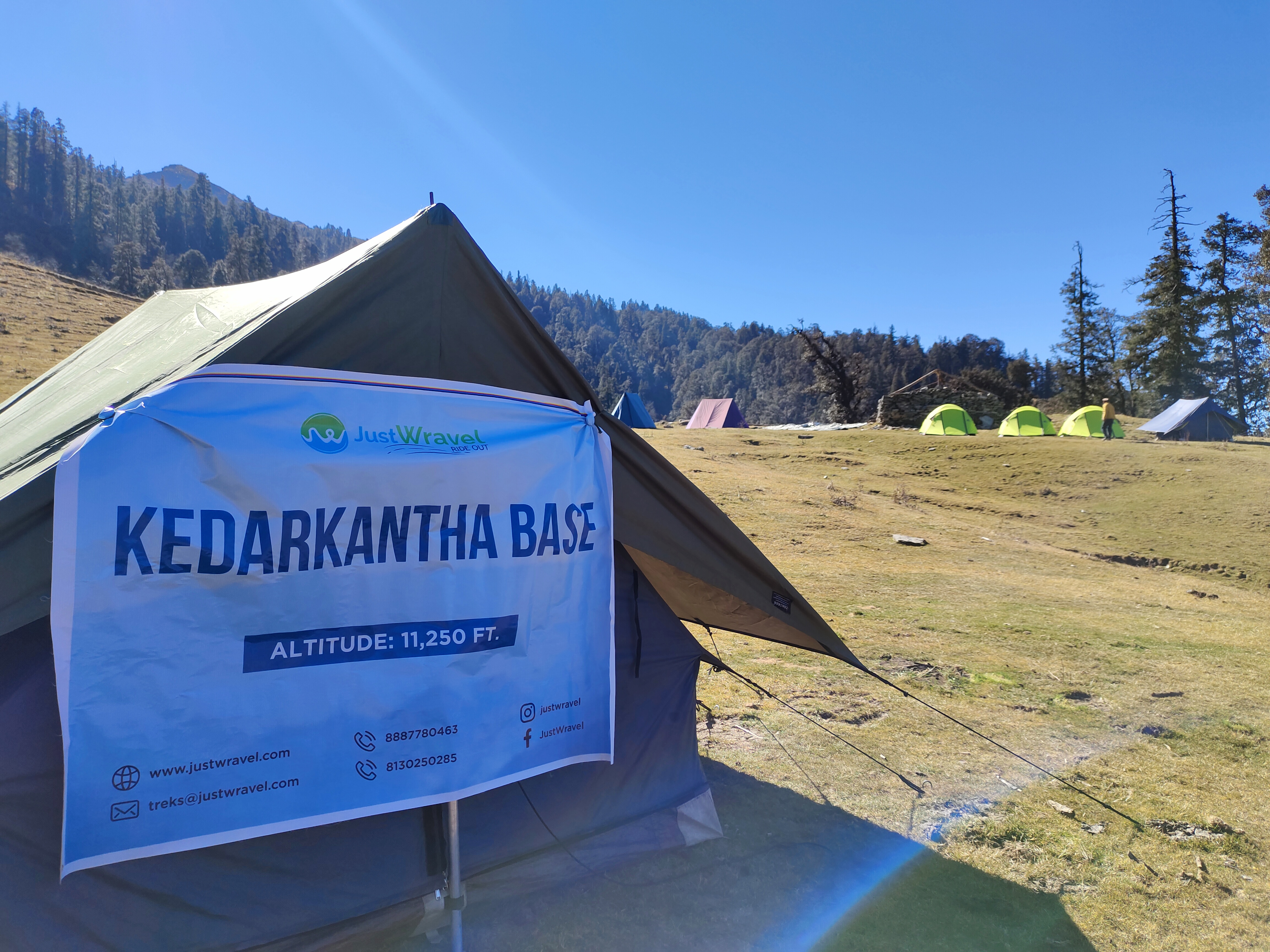
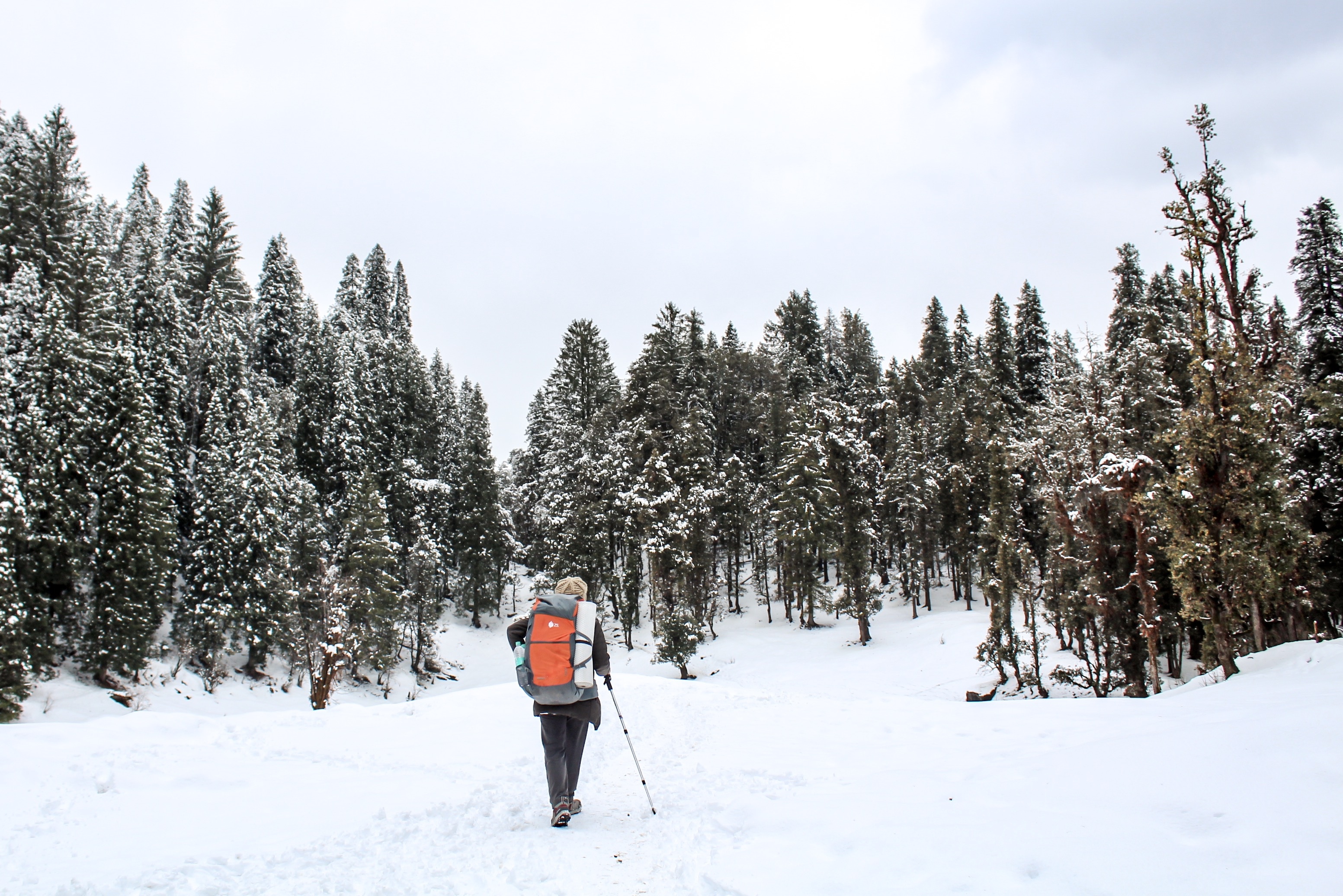
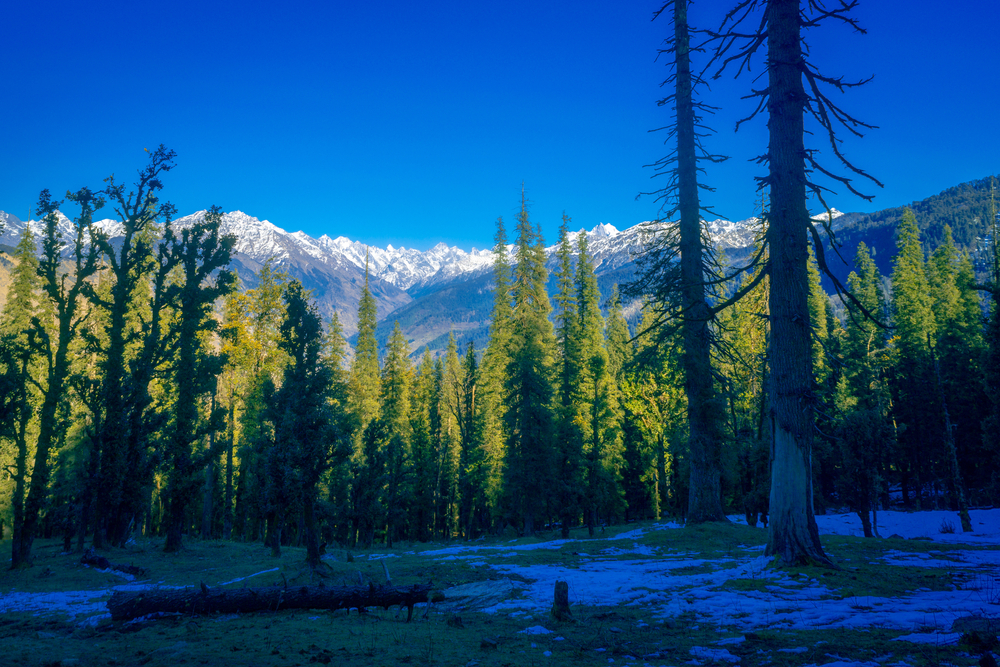
All Girls Kedarkantha Trek
Details
Inclusions
Safe Travel
Flexible Cancellation
Easy EMI
Certified Captains
24/7 Support
Overview
Elevated at 12,500 ft. Kedarkantha is one of the majestic peaks of the great Himalayan range. One of the most popular winter treks, Kedarkantha fascinates numerous hikers and trekkers from all over the country and is perfect for both beginners and experts. This 4-night 5-day trek is curated after keeping in mind the wishes of people who love the serenity as well as the adventure that nature, with its unpredictable trails and mystical valleys, can provide them. Popular because of the spectacular view of snow-capped mountains that it offers after finishing the trek, some of the ranges that are visible from the summit are Black peak, Swargarohini, Gangotri, Yamunotri ranges, etc. The subject of many mythical stories and legends that are mostly associated with Lord Shiva, the name of the summit translates to “The throat of Lord Shiva”. The local myths and folklores just add more to its charm and make the experience even better. We will begin our journey from Dehradun to make our way to the small village of Sankri which is the base camp for this 20 km long trek. We will spend a night at our designated homestay or hotel, introducing ourselves and exchanging stories before retiring to bed for the night. The next day, after a briefing session from our trek leader, we will proceed towards our first checkpoint Juda ka Taal, and spend a leisure day at the campsite, having lunch as well as dinner. We will have an amazing view of the ridges of the Swargarohini mountains. The next morning, we will begin our trek to the Kedarkantha base camp which is elevated at a height of 11,200ft above sea level. After feasting on hot lunch and indulging in fun activities like snowball fights, we will prepare for an overnight stay at the base camp itself. Finally, after witnessing the highs and lows of this brief trek and watching magical sunsets, we will begin our trek to the Kedarkantha summit before dawn pours all over the sky as the best part about this entire Kedarkantha trek package is the early sunrise that you get see after reaching the top. Trust us, it makes you forget all about your exhaustion and you will feel entirely at peace with yourself.
One thing that separates the Kedarkantha trek from the rest of the treks is that it falls under the category of a moderately difficult trek. So, it is beginner-friendly and it rewards you with a mesmerizing 360-degree view of the great Himalayan ranges, making the experience satisfactory all over. The coldest area along the trek route has to be Juda Ka Taal with the Taal being completely frozen during the winter months. The sunlight glistens on the surface like diamonds giving it a golden illumination. Even after that, the path only becomes more beautiful and you can enjoy picturesque views all along the way. You might encounter snowfall if you are lucky enough but it depends entirely on the weather which can be unpredictable. People who come to Kedarkantha can never stop themselves from coming back over and over and it’s not just because of the summit, but also because of the local culture and of course the cuisine. The famous Red Rice that is homegrown in Kedarkantha regions keeps the body warm and is a must-try when going on this trek. It is advised not to carry electronic devices that could only be used with network connections or are majorly dependent on them. The reason is that the network vanishes just before reaching Sankri Village, which is the starting point of the whole trek.
So, if you’re carrying all that electronic stuff such as a phone, laptop, and wifi dongles, then there’s a high chance that they’ll end up getting discharged and would only add to the extra baggage, weighing you down. Although the Kedarkantha trek is accessible all year long, the majority of people prefer visiting during winter to witness the ivory snow, mainly in December and January but the best time to visit Kedarkantha is from November to February. Kedarkantha trek is one of the few places where one cannot capture the full essence of the experience on their first visit and hence, trekkers repeatedly keep coming back here. Lastly, going by the popular opinion and the mass appeal of the Kedarkantha Trek, one can easily categorize it as ‘The Best Winter Trek to do In India’. So, if you’re overwhelmed with multiple choices of winter treks to do in India and are confused about ‘what to choose, then Kedarkantha should be an easy choice.
So, make some room for Kedarkantha Trek in this travel bucket list you have on your wall, and keep your backpack ready for this winter season.
Gallery




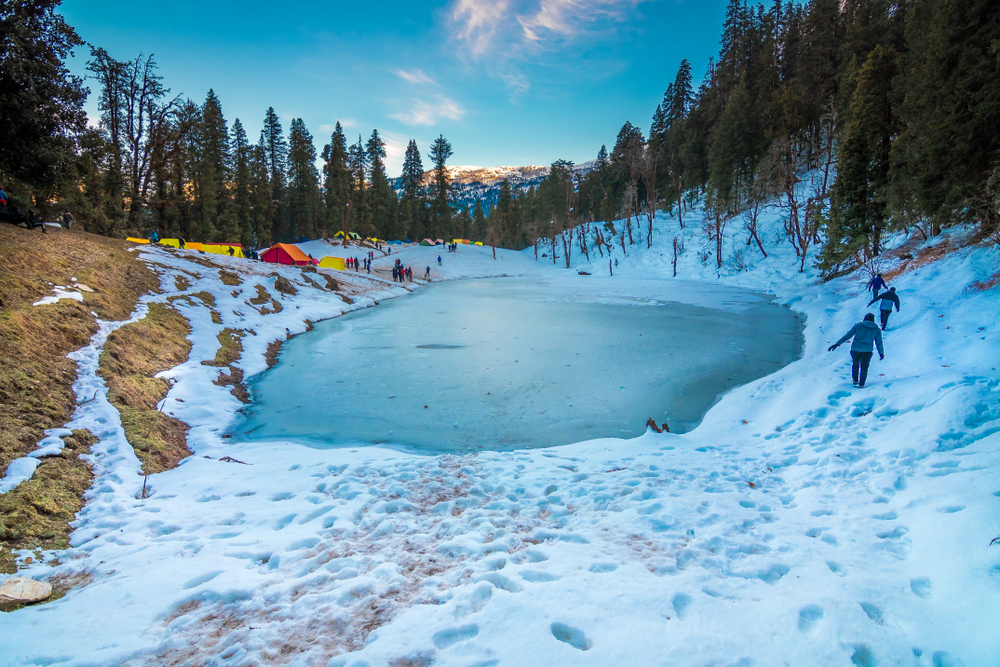
Itinerary
1
Day
Drive From Dehradun To Sankri Base Village (198 Kilometers, 8 Hours Drive )
2
Day
Trek from Sankri to Juda Ka Taal (4 Kilometers, 4 Hours Trek)
3
Day
Juda Ka Taal To Kedarkantha Base Camp (3 Kilometers, 3 Hours Trek)
4
Day
Trek To Kedarkantha Peak | Back To Juda ka Taal (9 Kilometers, 8 Hours Trek)
5
Day
Juda ka Taal To Sankri (4 Kilometers, 4 Hours Trek) | Back To Dehradun (8 Hours Drive)
Age Limit (Trip Wise)
Weekend
Getaways
18-38
Himalayan
Treks
18-48
Backpacking
Trips
18-40
Biking
Trips
18-45
Customized
Trips
No Limit
Inclusions & Exclusions
| Inclusions | Exclusions |
Accommodation: 1 Night in a Hotel / Homestay on a triple/quad sharing basis (with attached washroom and Geyser facility) and 3 Nights accommodation in a tent on a triple sharing basis. Transportation: Surface transfer from Dehradun - Sankri - Dehradun by Sumo / Bolero / Tempo Traveler ( Depends on the number of travelers). Meals: All Meals from (Day 1 Dinner to Day 5 Lunch) are included. We provide simple nutritious vegetarian food on all days of the trek. Snacks: Morning / Evening Tea / Coffee with light snacks and soup while on the trek. Camping logistics: Trekking tent, Sleeping bags, Mattresses, Dining tent, Kithen tent and Toilet tent. Female Trek Leader Qualified and Experienced Female Trek leader and support staff. Permits: All necessary fees and permits.(For Indians) Trekking Equipment: Gaiters, Micro Spikes, and Rope if required. Safety Equipment: Walkie / Talkie , Basic First Aid kit with Oximeter, Blood Pressure Monitor and Oxygen Cylinder. Guide ratio: Local experience guide ( depends on the group size). Others : Cloak Room facility available at base camp for extra luggage. | Any expenses of personal nature. Meals during transit. Insurance of any kind. Unscheduled delay due to landslide. Cost Escalation due to “ Force Majeure and Evacuation charges”. Anything not mentioned explicitly in the above program. *You can apply for travel insurance prior to the trek. Note :- Bag offloading cost is Rs 1200 (maximum weight should not be more than 10 kg) |
Cancellation Policy
| Upto 21 days | 20-15 days | 14-8 days | 7-0 days | |
| Batch Shifting | ||||
| Cancellation Charge | Free Cancellation | 25% of the Trip Amount | 50% of the Trip Amount | 100% of the Trip Amount |
| Booking Amount | Refunded in mode of Credit Note | Adjusted in Refund Deduction | Adjusted in Refund Deduction | No Refund |
| Remaining Amount | Full Refund (minus) booking amount | Refund (minus) 25% of the trip amount | Refund (minus) 50% of the trip amount | No Refund |
Payment Policy
| Upto 21 days | 21-15 days | 14-08 days | 07-03 days | |
|---|---|---|---|---|
| Booking Amount | ||||
| 50% Payment | Optional | Compulsory | ||
| 75% Payment | Optional | Optional | Compulsory | |
| 100% Payment | Optional | Optional | Optional | Compulsory |
Things To Pack
Rucksack:
You must pick a good quality backpack with a comfortable fit and straps that won’t give you shoulder pain. You can check out your nearest Decathlon store for a good trekking backpack.
You must pick a good quality backpack with a comfortable fit and straps that won’t give you shoulder pain. You can check out your nearest Decathlon store for a good trekking backpack.
Day Bag / Day Pack:
When you head towards the summit, you are required to carry only a few necessary items and for that, you need a day backpack as you will leave your bigger one on the campsite.
When you head towards the summit, you are required to carry only a few necessary items and for that, you need a day backpack as you will leave your bigger one on the campsite.
Hiking Shoes :
Durable footwear designed for rugged terrains.
Durable footwear designed for rugged terrains.
Floaters or Sandals:
Although the entire trek requires a good quality shoe, you still need to let your feet breathe to avoid chafing and blisters. When you are at the camp, a good pair of sandals and floaters will help you to move freely.
Although the entire trek requires a good quality shoe, you still need to let your feet breathe to avoid chafing and blisters. When you are at the camp, a good pair of sandals and floaters will help you to move freely.
Tees / Tshirts:
You must keep at least three pairs of quick dry tees so that you can wash them in between stops for proper hygiene.
You must keep at least three pairs of quick dry tees so that you can wash them in between stops for proper hygiene.
Poncho:
A poncho is an evolved form of a raincoat that provides coverage to your body as well as your bag and ensures total water protection from rain.
A poncho is an evolved form of a raincoat that provides coverage to your body as well as your bag and ensures total water protection from rain.
Quick Dry Towel:
A quick dry towel will help in maintaining proper hygiene. It must dry quickly because the wet fabric will only increase the chance of bacterial growth.
A quick dry towel will help in maintaining proper hygiene. It must dry quickly because the wet fabric will only increase the chance of bacterial growth.
Sanitizer:
Essential for maintaining cleanliness while trekking.
Essential for maintaining cleanliness while trekking.
Sun Cap / Hat:
A lightweight sun cap with side flaps is perfect to keep your head cool and avoid sunburns on a sunny day.
A lightweight sun cap with side flaps is perfect to keep your head cool and avoid sunburns on a sunny day.
Sunscreen SPF 40+:
To avoid sunburns and chafing, you need to put on sunscreen as well as cold cream.
To avoid sunburns and chafing, you need to put on sunscreen as well as cold cream.
Water Bottle (Re-usable):
Hydration is extremely important when it comes to trekking. Carrying a water bottle that you can refill with Himalayan water is a must.
Hydration is extremely important when it comes to trekking. Carrying a water bottle that you can refill with Himalayan water is a must.
Personal Toiletries:
A bag with all your essentials including napkins, toothpaste, sanitizers, paper soap, etc should be carried in a ziplock bag.
A bag with all your essentials including napkins, toothpaste, sanitizers, paper soap, etc should be carried in a ziplock bag.
Personal Medication / First Aid:
A few cuts and bruises are almost inevitable when you are on a trek so carrying a medical kit with bandages, Dettol, etc is necessary.
A few cuts and bruises are almost inevitable when you are on a trek so carrying a medical kit with bandages, Dettol, etc is necessary.
Sun Glasses / Reading Glasses:
Photochromatic glasses are specs that are designed to transform into anti-glare shades depending upon exposure to the sun. They are good when it comes to eye protection but one can also opt for clip-on glasses etc.
Photochromatic glasses are specs that are designed to transform into anti-glare shades depending upon exposure to the sun. They are good when it comes to eye protection but one can also opt for clip-on glasses etc.
Charger:
To keep your electronic devices powered during the trip.
To keep your electronic devices powered during the trip.
Power Bank:
Ensures your devices stay charged when there are no outlets.
Ensures your devices stay charged when there are no outlets.
Personal Documents & ID's:
Identification proofs like Aadhar Card, Drivers License.
Identification proofs like Aadhar Card, Drivers License.
Laundry Bag (Waterproof):
In case your clothes get wet or your garments don’t dry, you can carry them in polythene. However, make sure that all the plastic that you are carrying into the woods leaves with you. Don’t litter in the mountains.
In case your clothes get wet or your garments don’t dry, you can carry them in polythene. However, make sure that all the plastic that you are carrying into the woods leaves with you. Don’t litter in the mountains.
Track Pants:
A good pair of track pants made of polyester will let your skin breathe. They’re lightweight, dry easily, and comfortable to walk around in. You can easily avoid chafing and rashes by investing in a good pair of track pants.
A good pair of track pants made of polyester will let your skin breathe. They’re lightweight, dry easily, and comfortable to walk around in. You can easily avoid chafing and rashes by investing in a good pair of track pants.
Trekking Shoes:
A good trekking shoe is comfortable, provides ankle support, and has a good grip as well. They shouldn’t be chunky, instead, they should be lightweight and sturdy.
A good trekking shoe is comfortable, provides ankle support, and has a good grip as well. They shouldn’t be chunky, instead, they should be lightweight and sturdy.
Cotton Socks:
Cotton socks are extremely comfortable to move around in and are lightweight as well which is why you can always count on a good pair of cotton socks while trekking. However, keep in mind to change them and avoid wearing them when they are wet.
Cotton socks are extremely comfortable to move around in and are lightweight as well which is why you can always count on a good pair of cotton socks while trekking. However, keep in mind to change them and avoid wearing them when they are wet.
Woolen Socks:
A good pair of woolen socks, especially merino, are comfortable, limit odors and provide adequate insulation from the cold so you can wear them at night.
A good pair of woolen socks, especially merino, are comfortable, limit odors and provide adequate insulation from the cold so you can wear them at night.
Woolen Gloves:
Insulated gloves help in maintaining proper body heat in your hands and also provide a better grasp on trekking poles.
Insulated gloves help in maintaining proper body heat in your hands and also provide a better grasp on trekking poles.
Main Jacket:
It’s emphasized that you need to carry proper layers so you can avoid getting cold which is why you need to carry a heavy jacket that you can put on over your other clothes.
It’s emphasized that you need to carry proper layers so you can avoid getting cold which is why you need to carry a heavy jacket that you can put on over your other clothes.
Woolen Cap:
A woolen cap will help prevent cold when you ascend to high altitude. You can also cover your ears to avoid any pain and discomfort you might face in them when going at high altitudes.
A woolen cap will help prevent cold when you ascend to high altitude. You can also cover your ears to avoid any pain and discomfort you might face in them when going at high altitudes.
Hoodie:
A versatile layering option for various temperatures.
A versatile layering option for various temperatures.
Scarf / Balaclava:
Along with sun rays and chilly winds, you also get hit by dirt and grime during treks which is why it's important to carry a scarf or balaclava so you can cover your face when needed.
Along with sun rays and chilly winds, you also get hit by dirt and grime during treks which is why it's important to carry a scarf or balaclava so you can cover your face when needed.
Head Lamp:
You can’t rely on moonlight when you are in the mountains. A torch or even a headlamp with a fresh pair of batteries is always a good idea to bring along.
You can’t rely on moonlight when you are in the mountains. A torch or even a headlamp with a fresh pair of batteries is always a good idea to bring along.
Trekking Pole:
The trekking pole assists in more than one way. It saves energy while also providing stability and helps you to maintain proper balance.
The trekking pole assists in more than one way. It saves energy while also providing stability and helps you to maintain proper balance.
Camera:
This should be obvious. To make sure that you get to capture all the great moments from your trek. Make sure that you have enough storage and some extra batteries as well.
This should be obvious. To make sure that you get to capture all the great moments from your trek. Make sure that you have enough storage and some extra batteries as well.
Riding Gear:
If your trip involves biking or motorcycling.
If your trip involves biking or motorcycling.
Moisturiser & Cold Cream:
To avoid sunburns and chafing, you need to put on sunscreen as well as cold cream.
To avoid sunburns and chafing, you need to put on sunscreen as well as cold cream.
Lip Balm:
Your lips can become chapped due to the harsh cold winds so it's important to keep them moisturized.
Your lips can become chapped due to the harsh cold winds so it's important to keep them moisturized.
Sanitary Pads:
Essential for feminine hygiene.
Essential for feminine hygiene.
Insect Repellent:
Guards against pesky bugs and insects.
Guards against pesky bugs and insects.
Cash:
Emergency funds for unexpected situations.
Emergency funds for unexpected situations.
Thermals:
Thermal is a piece of garment that helps in keeping your body warm in cold temperatures. It is a necessary item that you need when going on a high-altitude trek.
Thermal is a piece of garment that helps in keeping your body warm in cold temperatures. It is a necessary item that you need when going on a high-altitude trek.
Snacks / Dryfruits / Energy Bar:
Provides quick energy on the go.
Provides quick energy on the go.
Positive Attitude:
The most important item for a successful trek or trip, keeping your spirits high and adaptable to the challenges of the journey.
The most important item for a successful trek or trip, keeping your spirits high and adaptable to the challenges of the journey.
How to Reach Kedarkantha Trek
By Air: The closest airport to the city is Jolly Grant Airport in Dehradun, located approximately 25 kilometers away. There is a daily flight from Delhi to Dehradun. Once you reach Dehradun, you can either hire a taxi or use public transportation to reach the base camp.
By Train: If you are coming from Delhi, you have the option to take a train to Dehradun. There are frequent trains connecting Delhi and Dehradun, so you can choose to travel overnight. Upon reaching Dehradun, you can then take a private vehicle or a bus to Sankri.
By Road: Regular bus services are available from Delhi to Dehradun. It is recommended to take a Delhi government bus from Kashmere Gate to Dehradun. Once you arrive in Dehradun, you can either use public transportation or rent a private vehicle to reach Sankri.
Extended Read: Kedarkantha Trek Guide
Best Time to Visit Kedarkantha Trek
The Kedarkantha trek is unique among the Indian Himalayas as it can be done all year round, except for July and August when it is closed due to heavy rainfall. The trek is divided into four seasons, each offering its own distinct terrain, difficulty, and weather conditions.
Winter – November to March
During December, January, and February, Kedarkantha is famous for its winter journey. The snow-covered landscapes and thrilling summit ascent make it a popular choice, especially for beginners. You will trek through deep snow-covered forests and set up camps in clearings amidst the snowdrifts.
Spring
In March and April, Kedarkantha still retains a significant amount of snow, particularly in the upper campgrounds near the summit. The blooming rhododendrons and newly exposed grasses create a stunning contrast against the snowy backdrop as you ascend higher. By April, most of the snow has melted, and Kedarkantha comes alive with the beautiful scenery after its winter slumber.
Summer
May and June bring the brilliant morning sun to Kedarkantha. The nights are not as cold as in other months, and there is a lower chance of rainfall. This is also the time when the trail is less crowded, as most people have moved on to higher altitude hikes. If you prefer a more solitary experience, May and June are the perfect months to visit.
Monsoon
September, October, and November mark the post-monsoon season when the entire journey comes to life. The meadows and forests are fresh and vibrant, and the air is crisp. The upper Himalayan vistas are breathtaking during these months.
Read More: Best Time to Visit Kedarkantha Trek
Keep The Trails Alive
Don’t be a Crap Bag
You are in nature’s lap
Kindly take that garbage back
If you’re wondering what our Keep the Trails Alive campaign is all about, it’s simple: without proper management, many sacred mountains are facing littering due to over-tourism. As responsible trekkers, we will never let that happen. If you’re trekking with JustWravel, you need to ensure that everything you carry in, you carry out. We will never leave anything behind except our love and a piece of our hearts for the majestic views we experience.
- Reusable: Always carry your own water bottle and cutlery to reuse them.
- Carry Out What You Carry In: Always pack out all your waste, including food wrappers, bottles, tissues, and sanitary items. Never leave anything behind.
- Use Toilet Tents and Dig Pits: Bury human waste in deep pits (6+ inches) to prevent contamination. Dispose of toilet paper and sanitary waste in your trash bag.
- Manage Food Waste Carefully: Bury leftover food and peels away from water sources. Avoid feeding wildlife to prevent dependency.
- Dispose of Waste Properly: Carry out all waste and dispose of it responsibly at designated collection points or in towns. Avoid burning waste.
- Avoid Polluting Water Sources: Wash dishes, clothes, and yourself away from streams and lakes. Use biodegradable soap sparingly.
- Educate Yourself and Others: Learn local waste management practices and follow them. Teach fellow trekkers and porters about responsible disposal.
Everything You Need To Know About JW Trekking
Dry Pits
Dry pits are a crucial waste management solution in trekking environments, particularly in remote areas where traditional plumbing is unavailable. These systems consist of deep holes dug into the ground, designed to safely contain human waste. The primary benefit of dry pits is their ability to facilitate the natural decomposition of waste, which minimizes the environmental impact associated with human activity in pristine natural areas. By using dry pit systems, trekkers help protect water sources from contamination. The implementation of dry pits not only improves hygiene for trekkers by providing designated areas for sanitation but also promotes awareness and education about sustainable practices within local communities.
Bathing
While the idea of bathing after a long day of trekking may seem appealing, it is generally discouraged for several important reasons. As trekkers ascend to higher altitudes, they encounter significantly colder temperatures, especially at night. Bathing in cold water can lead to rapid heat loss, particularly in vulnerable areas such as the legs and head, increasing the risk of hypothermia. Additionally, access to bathing facilities is often limited in remote trekking areas, making it impractical and unsafe. Engaging in bathing can also cause the body to expend extra energy to maintain its core temperature, which may hinder the acclimatization process necessary for high-altitude trekking. Instead, most trekking itineraries include a stop at a base camp where trekkers can enjoy warmer conditions and facilities for bathing, allowing for a more comfortable and safer experience.
Bonfire
Bonfires are typically prohibited during treks for several compelling reasons that prioritize environmental conservation and safety. One of the main concerns is the environmental impact of gathering firewood, which can lead to deforestation and habitat destruction in ecologically sensitive areas. Removing wood from these environments disrupts local ecosystems and can have long-lasting effects on biodiversity. Additionally, open fires pose a significant risk of attracting wildlife, including potentially dangerous animals such as bears. The smell of food and smoke can draw these creatures closer to campsites, increasing the likelihood of dangerous encounters for trekkers.
Vegetarian Food
Providing vegetarian meals during treks is a deliberate choice that offers numerous benefits. Vegetarian food is generally easier to store and prepare in remote areas, as ingredients like lentils, beans, and grains have longer shelf lives and require less refrigeration. This practicality is crucial in environments where access to resources is limited. Additionally, vegetarian meals minimize the risk of attracting wildlife to campsites, which can be a significant safety concern. Non-vegetarian food can draw animals closer, creating potential dangers for trekkers. Vegetarian meals can be highly nutritious, offering essential vitamins, minerals, and protein that are vital for sustaining energy during physically demanding treks. Ingredients such as nuts, seeds, and legumes are energy-dense and provide the necessary fuel for trekkers. Lastly, vegetarian cuisine can be diverse and flavorful, incorporating local ingredients and spices that enhance the trekking experience, allowing trekkers to enjoy a variety of delicious dishes while minimizing their environmental impact.
Plan B and C
Having contingency plans, often referred to as Plan B and C, is a vital aspect of trekking, especially in mountainous regions where conditions can change unexpectedly. The weather in these environments can be unpredictable, with storms, snow, or high winds potentially altering planned routes. By preparing alternative plans, trekkers can adapt to changing conditions and ensure their safety. Experienced trekking organizations emphasize the importance of these backup plans, as they allow for swift responses in the event of emergencies, such as injury or illness. This adaptability is crucial for maintaining the safety and comfort of all participants. With years of trekking experience, guides develop a keen understanding of the mountains and can assess conditions effectively, ensuring that trekkers remain safe and comfortable throughout their journey. Ultimately, being prepared with multiple plans enhances the overall trekking experience, allowing trekkers to enjoy their adventure with the confidence that they can navigate any challenges that may arise.
Acclimatization
Acclimatization is a critical process that allows trekkers to adjust to the physiological changes that occur when ascending to high altitudes. As trekkers gain elevation, the body must adapt to decreased oxygen levels and lower atmospheric pressure to prevent altitude sickness, which can occur if one ascends too quickly without allowing sufficient time for adjustment. Effective acclimatization involves a gradual ascent, ideally limiting elevation gain to no more than 300-500 meters (about 1,000-1,600 feet) per day above 3,000 meters (approximately 9,800 feet). This slow increase allows the body to adapt to the changing environment. Staying well-hydrated is also essential, as dehydration can exacerbate symptoms of altitude sickness; trekkers should aim to drink at least 3-4 liters of water daily. Incorporating rest days at higher altitudes is another important strategy, as these days allow the body to adjust while engaging in light activities. Trekkers should also be attentive to their bodies, recognizing the signs of altitude sickness, which may include headaches, nausea, dizziness, and fatigue. If symptoms arise, descending to a lower altitude is often the most effective course of action. Lastly, consuming a balanced diet rich in carbohydrates can help provide the energy needed for acclimatization, with foods that are easy to digest and high in calories being particularly beneficial during treks. Understanding and implementing these key aspects of acclimatization can significantly enhance the safety and enjoyment of trekking experiences in high-altitude environments.
VIDEOS
Memories for Life
posts
Instagram Images
REVIEWS
What our Clients Say About Us
blogs
Our Blogs
Faq
Have any Doubts
Where is the Kedarkantha trek located?
Kedarkantha trek is located in Sankri region in Uttarkashi district (Uttarakhand).
How to reach Kedarkantha base village?
Generally, transportation from Dehradun to Sankri and back is included in Justwravel Package but if you opt for travelling on your own, then you will have to reach Sankri village, which is the base camp for the Kedarkantha Trek. In order to reach Sankri Village, you can take a Private cab/Sharing vehicle from Dehradun Railway station. Public Buses are also available in the morning but in limited numbers and are often unreliable.
How can I book the Kedarkantha trek with you?
After selecting the trip/trek, you can book your slots by clicking on the 'Book now’ button or you can contact us directly and we will guide you through the process.
I am the only girl in the group, is it safe for me to travel / trek solo?
Definitely! One of the most integral priorities of our treks and trips is the safety of women. Every person going on this excursion is carefully handpicked to avoid any kind of trouble. However, you will still need to take care of your personal belongings.
What gear is necessary to carry for the Kedarkantha trek?
We share an extensive list of all the necessary items you will need for this trek once your booking is done.
How difficult is the Kedarkantha trek?
Kedarkantha trek comes in the easy to moderate category and the variation depends entirely on the weather.
When is the best time to go to Kedarkantha trek?
Except for the monsoon season, there aren’t any restrictions when it comes to this trek. The ideal time is from July till the middle of September. For snow fanatics, the best time is from December till the middle of April.
Why is the Kedarkantha trek the best winter trek?
There are many reasons why ‘Kedarkantha Trek' is considered to be one of the best winter treks but some of the most significant ones are that this trek is easy to do, is budget friendly and ends with a picturesque view of snow-capped peaks that leaves the travelers feeling content. It also gives you an opportunity to learn more about Pahari customs and culture.
TRIPS
Related Trips





All Girls Kedarkantha Trek
Details
Inclusions
Safe Travel
Flexible Cancellation
Easy EMI
Certified Captains
24/7 Support
Overview
Elevated at 12,500 ft. Kedarkantha is one of the majestic peaks of the great Himalayan range. One of the most popular winter treks, Kedarkantha fascinates numerous hikers and trekkers from all over the country and is perfect for both beginners and experts. This 4-night 5-day trek is curated after keeping in mind the wishes of people who love the serenity as well as the adventure that nature, with its unpredictable trails and mystical valleys, can provide them. Popular because of the spectacular view of snow-capped mountains that it offers after finishing the trek, some of the ranges that are visible from the summit are Black peak, Swargarohini, Gangotri, Yamunotri ranges, etc. The subject of many mythical stories and legends that are mostly associated with Lord Shiva, the name of the summit translates to “The throat of Lord Shiva”. The local myths and folklores just add more to its charm and make the experience even better. We will begin our journey from Dehradun to make our way to the small village of Sankri which is the base camp for this 20 km long trek. We will spend a night at our designated homestay or hotel, introducing ourselves and exchanging stories before retiring to bed for the night. The next day, after a briefing session from our trek leader, we will proceed towards our first checkpoint Juda ka Taal, and spend a leisure day at the campsite, having lunch as well as dinner. We will have an amazing view of the ridges of the Swargarohini mountains. The next morning, we will begin our trek to the Kedarkantha base camp which is elevated at a height of 11,200ft above sea level. After feasting on hot lunch and indulging in fun activities like snowball fights, we will prepare for an overnight stay at the base camp itself. Finally, after witnessing the highs and lows of this brief trek and watching magical sunsets, we will begin our trek to the Kedarkantha summit before dawn pours all over the sky as the best part about this entire Kedarkantha trek package is the early sunrise that you get see after reaching the top. Trust us, it makes you forget all about your exhaustion and you will feel entirely at peace with yourself.
One thing that separates the Kedarkantha trek from the rest of the treks is that it falls under the category of a moderately difficult trek. So, it is beginner-friendly and it rewards you with a mesmerizing 360-degree view of the great Himalayan ranges, making the experience satisfactory all over. The coldest area along the trek route has to be Juda Ka Taal with the Taal being completely frozen during the winter months. The sunlight glistens on the surface like diamonds giving it a golden illumination. Even after that, the path only becomes more beautiful and you can enjoy picturesque views all along the way. You might encounter snowfall if you are lucky enough but it depends entirely on the weather which can be unpredictable. People who come to Kedarkantha can never stop themselves from coming back over and over and it’s not just because of the summit, but also because of the local culture and of course the cuisine. The famous Red Rice that is homegrown in Kedarkantha regions keeps the body warm and is a must-try when going on this trek. It is advised not to carry electronic devices that could only be used with network connections or are majorly dependent on them. The reason is that the network vanishes just before reaching Sankri Village, which is the starting point of the whole trek.
So, if you’re carrying all that electronic stuff such as a phone, laptop, and wifi dongles, then there’s a high chance that they’ll end up getting discharged and would only add to the extra baggage, weighing you down. Although the Kedarkantha trek is accessible all year long, the majority of people prefer visiting during winter to witness the ivory snow, mainly in December and January but the best time to visit Kedarkantha is from November to February. Kedarkantha trek is one of the few places where one cannot capture the full essence of the experience on their first visit and hence, trekkers repeatedly keep coming back here. Lastly, going by the popular opinion and the mass appeal of the Kedarkantha Trek, one can easily categorize it as ‘The Best Winter Trek to do In India’. So, if you’re overwhelmed with multiple choices of winter treks to do in India and are confused about ‘what to choose, then Kedarkantha should be an easy choice.
So, make some room for Kedarkantha Trek in this travel bucket list you have on your wall, and keep your backpack ready for this winter season.
Itinerary
1
Day
Drive From Dehradun To Sankri Base Village (198 Kilometers, 8 Hours Drive )
2
Day
Trek from Sankri to Juda Ka Taal (4 Kilometers, 4 Hours Trek)
3
Day
Juda Ka Taal To Kedarkantha Base Camp (3 Kilometers, 3 Hours Trek)
4
Day
Trek To Kedarkantha Peak | Back To Juda ka Taal (9 Kilometers, 8 Hours Trek)
5
Day
Juda ka Taal To Sankri (4 Kilometers, 4 Hours Trek) | Back To Dehradun (8 Hours Drive)
Age Limit (Trip Wise)
Weekend
Getaways
18-38
Himalayan
Treks
18-48
Backpacking
Trips
18-40
Biking
Trips
18-45
Customized
Trips
No Limit
Pricing
Select Occupancy
+5% GST *
Accommodation: 1 Night in a Hotel / Homestay on a triple/quad sharing basis (with attached washroom and Geyser facility) and 3 Nights accommodation in a tent on a triple sharing basis. Transportation: Surface transfer from Dehradun - Sankri - Dehradun by Sumo / Bolero / Tempo Traveler ( Depends on the number of travelers). Meals: All Meals from (Day 1 Dinner to Day 5 Lunch) are included. We provide simple nutritious vegetarian food on all days of the trek. Snacks: Morning / Evening Tea / Coffee with light snacks and soup while on the trek. Camping logistics: Trekking tent, Sleeping bags, Mattresses, Dining tent, Kithen tent and Toilet tent. Female Trek Leader Qualified and Experienced Female Trek leader and support staff. Permits: All necessary fees and permits.(For Indians) Trekking Equipment: Gaiters, Micro Spikes, and Rope if required. Safety Equipment: Walkie / Talkie , Basic First Aid kit with Oximeter, Blood Pressure Monitor and Oxygen Cylinder. Guide ratio: Local experience guide ( depends on the group size). Others : Cloak Room facility available at base camp for extra luggage. |
Cancellation Policy
Credit Note :
The Booking Amount will be credited to your JW Profile which can be accessed by logging in to the website through your Email ID. Credit Notes issued have no date of expiry and can be used entirely in any of your future trips.
GST :
The Booking Amount will be credited to your JW Profile which can be accessed by logging in to the website through your Email ID. Credit Notes issued have no date of expiry and can be used entirely in any of your future trips.
Payment Policy
Things To Pack
Rucksack:
You must pick a good quality backpack with a comfortable fit and straps that won’t give you shoulder pain. You can check out your nearest Decathlon store for a good trekking backpack.
You must pick a good quality backpack with a comfortable fit and straps that won’t give you shoulder pain. You can check out your nearest Decathlon store for a good trekking backpack.
Day Bag / Day Pack:
When you head towards the summit, you are required to carry only a few necessary items and for that, you need a day backpack as you will leave your bigger one on the campsite.
When you head towards the summit, you are required to carry only a few necessary items and for that, you need a day backpack as you will leave your bigger one on the campsite.
Hiking Shoes :
Durable footwear designed for rugged terrains.
Durable footwear designed for rugged terrains.
Floaters or Sandals:
Although the entire trek requires a good quality shoe, you still need to let your feet breathe to avoid chafing and blisters. When you are at the camp, a good pair of sandals and floaters will help you to move freely.
Although the entire trek requires a good quality shoe, you still need to let your feet breathe to avoid chafing and blisters. When you are at the camp, a good pair of sandals and floaters will help you to move freely.
Tees / Tshirts:
You must keep at least three pairs of quick dry tees so that you can wash them in between stops for proper hygiene.
You must keep at least three pairs of quick dry tees so that you can wash them in between stops for proper hygiene.
Poncho:
A poncho is an evolved form of a raincoat that provides coverage to your body as well as your bag and ensures total water protection from rain.
A poncho is an evolved form of a raincoat that provides coverage to your body as well as your bag and ensures total water protection from rain.
Quick Dry Towel:
A quick dry towel will help in maintaining proper hygiene. It must dry quickly because the wet fabric will only increase the chance of bacterial growth.
A quick dry towel will help in maintaining proper hygiene. It must dry quickly because the wet fabric will only increase the chance of bacterial growth.
Sanitizer:
Essential for maintaining cleanliness while trekking.
Essential for maintaining cleanliness while trekking.
Sun Cap / Hat:
A lightweight sun cap with side flaps is perfect to keep your head cool and avoid sunburns on a sunny day.
A lightweight sun cap with side flaps is perfect to keep your head cool and avoid sunburns on a sunny day.
Sunscreen SPF 40+:
To avoid sunburns and chafing, you need to put on sunscreen as well as cold cream.
To avoid sunburns and chafing, you need to put on sunscreen as well as cold cream.
Water Bottle (Re-usable):
Hydration is extremely important when it comes to trekking. Carrying a water bottle that you can refill with Himalayan water is a must.
Hydration is extremely important when it comes to trekking. Carrying a water bottle that you can refill with Himalayan water is a must.
Personal Toiletries:
A bag with all your essentials including napkins, toothpaste, sanitizers, paper soap, etc should be carried in a ziplock bag.
A bag with all your essentials including napkins, toothpaste, sanitizers, paper soap, etc should be carried in a ziplock bag.
Personal Medication / First Aid:
A few cuts and bruises are almost inevitable when you are on a trek so carrying a medical kit with bandages, Dettol, etc is necessary.
A few cuts and bruises are almost inevitable when you are on a trek so carrying a medical kit with bandages, Dettol, etc is necessary.
Sun Glasses / Reading Glasses:
Photochromatic glasses are specs that are designed to transform into anti-glare shades depending upon exposure to the sun. They are good when it comes to eye protection but one can also opt for clip-on glasses etc.
Photochromatic glasses are specs that are designed to transform into anti-glare shades depending upon exposure to the sun. They are good when it comes to eye protection but one can also opt for clip-on glasses etc.
Charger:
To keep your electronic devices powered during the trip.
To keep your electronic devices powered during the trip.
Power Bank:
Ensures your devices stay charged when there are no outlets.
Ensures your devices stay charged when there are no outlets.
Personal Documents & ID's:
Identification proofs like Aadhar Card, Drivers License.
Identification proofs like Aadhar Card, Drivers License.
Laundry Bag (Waterproof):
In case your clothes get wet or your garments don’t dry, you can carry them in polythene. However, make sure that all the plastic that you are carrying into the woods leaves with you. Don’t litter in the mountains.
In case your clothes get wet or your garments don’t dry, you can carry them in polythene. However, make sure that all the plastic that you are carrying into the woods leaves with you. Don’t litter in the mountains.
Track Pants:
A good pair of track pants made of polyester will let your skin breathe. They’re lightweight, dry easily, and comfortable to walk around in. You can easily avoid chafing and rashes by investing in a good pair of track pants.
A good pair of track pants made of polyester will let your skin breathe. They’re lightweight, dry easily, and comfortable to walk around in. You can easily avoid chafing and rashes by investing in a good pair of track pants.
Trekking Shoes:
A good trekking shoe is comfortable, provides ankle support, and has a good grip as well. They shouldn’t be chunky, instead, they should be lightweight and sturdy.
A good trekking shoe is comfortable, provides ankle support, and has a good grip as well. They shouldn’t be chunky, instead, they should be lightweight and sturdy.
Cotton Socks:
Cotton socks are extremely comfortable to move around in and are lightweight as well which is why you can always count on a good pair of cotton socks while trekking. However, keep in mind to change them and avoid wearing them when they are wet.
Cotton socks are extremely comfortable to move around in and are lightweight as well which is why you can always count on a good pair of cotton socks while trekking. However, keep in mind to change them and avoid wearing them when they are wet.
Woolen Socks:
A good pair of woolen socks, especially merino, are comfortable, limit odors and provide adequate insulation from the cold so you can wear them at night.
A good pair of woolen socks, especially merino, are comfortable, limit odors and provide adequate insulation from the cold so you can wear them at night.
Woolen Gloves:
Insulated gloves help in maintaining proper body heat in your hands and also provide a better grasp on trekking poles.
Insulated gloves help in maintaining proper body heat in your hands and also provide a better grasp on trekking poles.
Main Jacket:
It’s emphasized that you need to carry proper layers so you can avoid getting cold which is why you need to carry a heavy jacket that you can put on over your other clothes.
It’s emphasized that you need to carry proper layers so you can avoid getting cold which is why you need to carry a heavy jacket that you can put on over your other clothes.
Woolen Cap:
A woolen cap will help prevent cold when you ascend to high altitude. You can also cover your ears to avoid any pain and discomfort you might face in them when going at high altitudes.
A woolen cap will help prevent cold when you ascend to high altitude. You can also cover your ears to avoid any pain and discomfort you might face in them when going at high altitudes.
Hoodie:
A versatile layering option for various temperatures.
A versatile layering option for various temperatures.
Scarf / Balaclava:
Along with sun rays and chilly winds, you also get hit by dirt and grime during treks which is why it's important to carry a scarf or balaclava so you can cover your face when needed.
Along with sun rays and chilly winds, you also get hit by dirt and grime during treks which is why it's important to carry a scarf or balaclava so you can cover your face when needed.
Head Lamp:
You can’t rely on moonlight when you are in the mountains. A torch or even a headlamp with a fresh pair of batteries is always a good idea to bring along.
You can’t rely on moonlight when you are in the mountains. A torch or even a headlamp with a fresh pair of batteries is always a good idea to bring along.
Trekking Pole:
The trekking pole assists in more than one way. It saves energy while also providing stability and helps you to maintain proper balance.
The trekking pole assists in more than one way. It saves energy while also providing stability and helps you to maintain proper balance.
Camera:
This should be obvious. To make sure that you get to capture all the great moments from your trek. Make sure that you have enough storage and some extra batteries as well.
This should be obvious. To make sure that you get to capture all the great moments from your trek. Make sure that you have enough storage and some extra batteries as well.
Riding Gear:
If your trip involves biking or motorcycling.
If your trip involves biking or motorcycling.
Moisturiser & Cold Cream:
To avoid sunburns and chafing, you need to put on sunscreen as well as cold cream.
To avoid sunburns and chafing, you need to put on sunscreen as well as cold cream.
Lip Balm:
Your lips can become chapped due to the harsh cold winds so it's important to keep them moisturized.
Your lips can become chapped due to the harsh cold winds so it's important to keep them moisturized.
Sanitary Pads:
Essential for feminine hygiene.
Essential for feminine hygiene.
Insect Repellent:
Guards against pesky bugs and insects.
Guards against pesky bugs and insects.
Cash:
Emergency funds for unexpected situations.
Emergency funds for unexpected situations.
Thermals:
Thermal is a piece of garment that helps in keeping your body warm in cold temperatures. It is a necessary item that you need when going on a high-altitude trek.
Thermal is a piece of garment that helps in keeping your body warm in cold temperatures. It is a necessary item that you need when going on a high-altitude trek.
Snacks / Dryfruits / Energy Bar:
Provides quick energy on the go.
Provides quick energy on the go.
Positive Attitude:
The most important item for a successful trek or trip, keeping your spirits high and adaptable to the challenges of the journey.
The most important item for a successful trek or trip, keeping your spirits high and adaptable to the challenges of the journey.
How to Reach Kedarkantha Trek
By Air: The closest airport to the city is Jolly Grant Airport in Dehradun, located approximately 25 kilometers away. There is a daily flight from Delhi to Dehradun. Once you reach Dehradun, you can either hire a taxi or use public transportation to reach the base camp.
By Train: If you are coming from Delhi, you have the option to take a train to Dehradun. There are frequent trains connecting Delhi and Dehradun, so you can choose to travel overnight. Upon reaching Dehradun, you can then take a private vehicle or a bus to Sankri.
By Road: Regular bus services are available from Delhi to Dehradun. It is recommended to take a Delhi government bus from Kashmere Gate to Dehradun. Once you arrive in Dehradun, you can either use public transportation or rent a private vehicle to reach Sankri.
Extended Read: Kedarkantha Trek Guide
Best Time to Visit Kedarkantha Trek
The Kedarkantha trek is unique among the Indian Himalayas as it can be done all year round, except for July and August when it is closed due to heavy rainfall. The trek is divided into four seasons, each offering its own distinct terrain, difficulty, and weather conditions.
Winter – November to March
During December, January, and February, Kedarkantha is famous for its winter journey. The snow-covered landscapes and thrilling summit ascent make it a popular choice, especially for beginners. You will trek through deep snow-covered forests and set up camps in clearings amidst the snowdrifts.
Spring
In March and April, Kedarkantha still retains a significant amount of snow, particularly in the upper campgrounds near the summit. The blooming rhododendrons and newly exposed grasses create a stunning contrast against the snowy backdrop as you ascend higher. By April, most of the snow has melted, and Kedarkantha comes alive with the beautiful scenery after its winter slumber.
Summer
May and June bring the brilliant morning sun to Kedarkantha. The nights are not as cold as in other months, and there is a lower chance of rainfall. This is also the time when the trail is less crowded, as most people have moved on to higher altitude hikes. If you prefer a more solitary experience, May and June are the perfect months to visit.
Monsoon
September, October, and November mark the post-monsoon season when the entire journey comes to life. The meadows and forests are fresh and vibrant, and the air is crisp. The upper Himalayan vistas are breathtaking during these months.
Read More: Best Time to Visit Kedarkantha Trek
Keep The Trails Alive
Don’t be a Crap Bag
You are in nature’s lap
Kindly take that garbage back
If you’re wondering what our Keep the Trails Alive campaign is all about, it’s simple: without proper management, many sacred mountains are facing littering due to over-tourism. As responsible trekkers, we will never let that happen. If you’re trekking with JustWravel, you need to ensure that everything you carry in, you carry out. We will never leave anything behind except our love and a piece of our hearts for the majestic views we experience.
- Reusable: Always carry your own water bottle and cutlery to reuse them.
- Carry Out What You Carry In: Always pack out all your waste, including food wrappers, bottles, tissues, and sanitary items. Never leave anything behind.
- Use Toilet Tents and Dig Pits: Bury human waste in deep pits (6+ inches) to prevent contamination. Dispose of toilet paper and sanitary waste in your trash bag.
- Manage Food Waste Carefully: Bury leftover food and peels away from water sources. Avoid feeding wildlife to prevent dependency.
- Dispose of Waste Properly: Carry out all waste and dispose of it responsibly at designated collection points or in towns. Avoid burning waste.
- Avoid Polluting Water Sources: Wash dishes, clothes, and yourself away from streams and lakes. Use biodegradable soap sparingly.
- Educate Yourself and Others: Learn local waste management practices and follow them. Teach fellow trekkers and porters about responsible disposal.
Everything You Need To Know About JW Trekking
Dry Pits
Dry pits are a crucial waste management solution in trekking environments, particularly in remote areas where traditional plumbing is unavailable. These systems consist of deep holes dug into the ground, designed to safely contain human waste. The primary benefit of dry pits is their ability to facilitate the natural decomposition of waste, which minimizes the environmental impact associated with human activity in pristine natural areas. By using dry pit systems, trekkers help protect water sources from contamination. The implementation of dry pits not only improves hygiene for trekkers by providing designated areas for sanitation but also promotes awareness and education about sustainable practices within local communities.
Bathing
While the idea of bathing after a long day of trekking may seem appealing, it is generally discouraged for several important reasons. As trekkers ascend to higher altitudes, they encounter significantly colder temperatures, especially at night. Bathing in cold water can lead to rapid heat loss, particularly in vulnerable areas such as the legs and head, increasing the risk of hypothermia. Additionally, access to bathing facilities is often limited in remote trekking areas, making it impractical and unsafe. Engaging in bathing can also cause the body to expend extra energy to maintain its core temperature, which may hinder the acclimatization process necessary for high-altitude trekking. Instead, most trekking itineraries include a stop at a base camp where trekkers can enjoy warmer conditions and facilities for bathing, allowing for a more comfortable and safer experience.
Bonfire
Bonfires are typically prohibited during treks for several compelling reasons that prioritize environmental conservation and safety. One of the main concerns is the environmental impact of gathering firewood, which can lead to deforestation and habitat destruction in ecologically sensitive areas. Removing wood from these environments disrupts local ecosystems and can have long-lasting effects on biodiversity. Additionally, open fires pose a significant risk of attracting wildlife, including potentially dangerous animals such as bears. The smell of food and smoke can draw these creatures closer to campsites, increasing the likelihood of dangerous encounters for trekkers.
Vegetarian Food
Providing vegetarian meals during treks is a deliberate choice that offers numerous benefits. Vegetarian food is generally easier to store and prepare in remote areas, as ingredients like lentils, beans, and grains have longer shelf lives and require less refrigeration. This practicality is crucial in environments where access to resources is limited. Additionally, vegetarian meals minimize the risk of attracting wildlife to campsites, which can be a significant safety concern. Non-vegetarian food can draw animals closer, creating potential dangers for trekkers. Vegetarian meals can be highly nutritious, offering essential vitamins, minerals, and protein that are vital for sustaining energy during physically demanding treks. Ingredients such as nuts, seeds, and legumes are energy-dense and provide the necessary fuel for trekkers. Lastly, vegetarian cuisine can be diverse and flavorful, incorporating local ingredients and spices that enhance the trekking experience, allowing trekkers to enjoy a variety of delicious dishes while minimizing their environmental impact.
Plan B and C
Having contingency plans, often referred to as Plan B and C, is a vital aspect of trekking, especially in mountainous regions where conditions can change unexpectedly. The weather in these environments can be unpredictable, with storms, snow, or high winds potentially altering planned routes. By preparing alternative plans, trekkers can adapt to changing conditions and ensure their safety. Experienced trekking organizations emphasize the importance of these backup plans, as they allow for swift responses in the event of emergencies, such as injury or illness. This adaptability is crucial for maintaining the safety and comfort of all participants. With years of trekking experience, guides develop a keen understanding of the mountains and can assess conditions effectively, ensuring that trekkers remain safe and comfortable throughout their journey. Ultimately, being prepared with multiple plans enhances the overall trekking experience, allowing trekkers to enjoy their adventure with the confidence that they can navigate any challenges that may arise.
Acclimatization
Acclimatization is a critical process that allows trekkers to adjust to the physiological changes that occur when ascending to high altitudes. As trekkers gain elevation, the body must adapt to decreased oxygen levels and lower atmospheric pressure to prevent altitude sickness, which can occur if one ascends too quickly without allowing sufficient time for adjustment. Effective acclimatization involves a gradual ascent, ideally limiting elevation gain to no more than 300-500 meters (about 1,000-1,600 feet) per day above 3,000 meters (approximately 9,800 feet). This slow increase allows the body to adapt to the changing environment. Staying well-hydrated is also essential, as dehydration can exacerbate symptoms of altitude sickness; trekkers should aim to drink at least 3-4 liters of water daily. Incorporating rest days at higher altitudes is another important strategy, as these days allow the body to adjust while engaging in light activities. Trekkers should also be attentive to their bodies, recognizing the signs of altitude sickness, which may include headaches, nausea, dizziness, and fatigue. If symptoms arise, descending to a lower altitude is often the most effective course of action. Lastly, consuming a balanced diet rich in carbohydrates can help provide the energy needed for acclimatization, with foods that are easy to digest and high in calories being particularly beneficial during treks. Understanding and implementing these key aspects of acclimatization can significantly enhance the safety and enjoyment of trekking experiences in high-altitude environments.
Similar Packages
VIDEOS
Memories for Life
posts
Instagram Images
REVIEWS
What our Clients Say About Us
blogs
Our Blogs
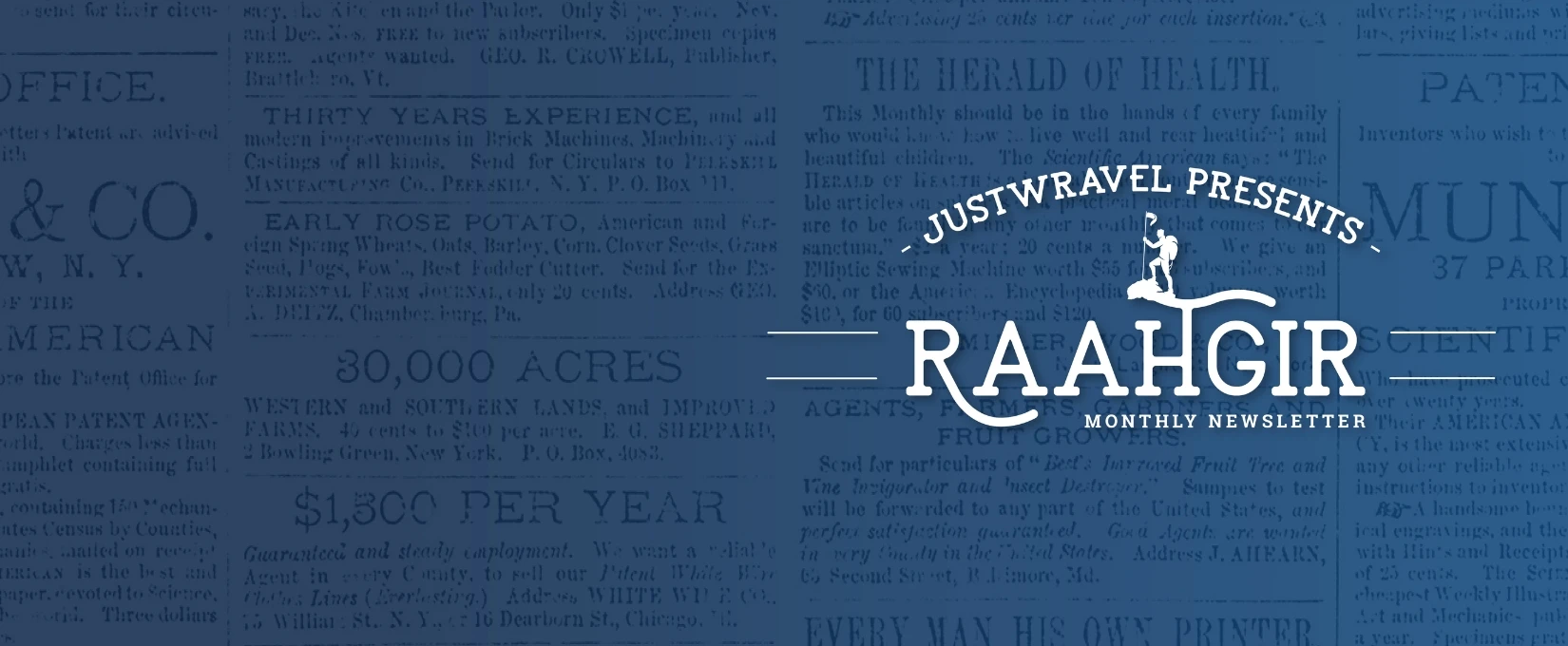
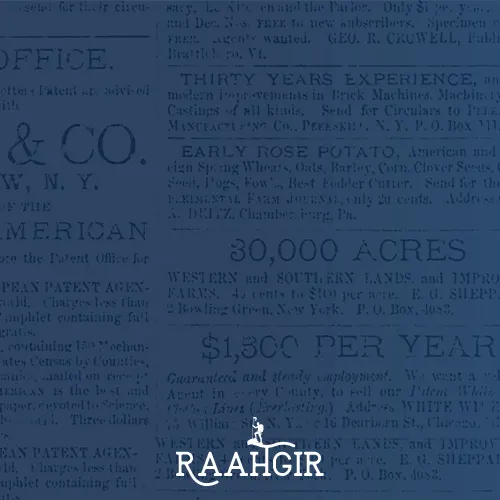
Newsletter
Sign up now!
Be the first one to know all about the Exciting Offers, Travel Updates and more.

B-42, 2nd Floor, Tower- B, The Corenthum, Block A, Sector 62, Noida, Uttar Pradesh 201301
© 2015-2025 JustWravel Pvt. Ltd.







